For several years, North Carolina has been the nation’s second-largest market for solar, with over 4.3 GW-DC installed at the end of last year, mostly in solar farms spanning many acres that have become a second form of agriculture for the largely rural state.
And with Governor Roy Cooper’s (D) signing of an executive order to reduce greenhouse gas emissions by 40% (relative to 2005 levels) earlier this week, the state may get a whole lot more solar.
Executive Order No. 80, which barely makes it to four pages, calls for the creation of a “Clean Energy Plan”, but does not limit this to solar or any one form of renewable energy as a solution for the state’s greenhouse gas reduction challenges, and its recommended actions are not limited to the electricity sector.
However solar is the poised to play a the biggest role in meeting the state’s aggressive new goal, for a number of reasons.
Biggest changes will come in the power sector
First, it is necessary to look at where North Carolina’s greenhouse gas emissions are coming from. Multiple studies place electricity generation as the largest sector, with more emissions from power generation than even from transportation (the opposite of the United States overall).
Furthermore, while the order includes a call for 80,000 electric vehicles (EVs) by 2025, this would represent only around 1% of automobiles owned by the state’s 10 million residents. Furthermore, these EVs will fuel demand for more electricity – pushing the focus of change back to the electricity sector.
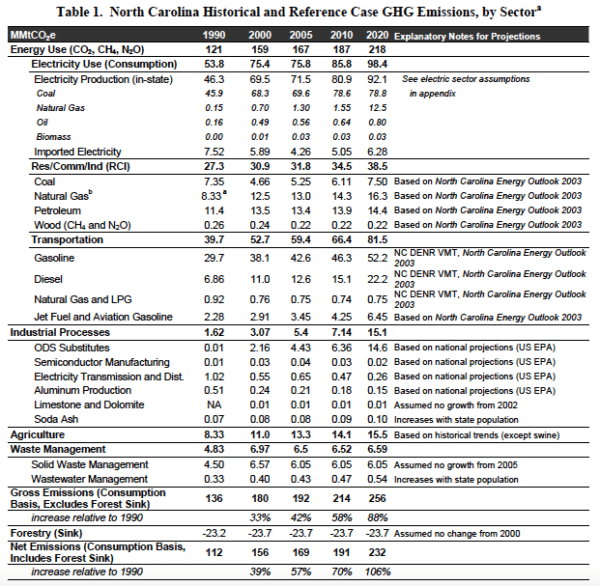
Chart: Center for Climate Strategies
Together transportation and electricity generation make up more than 2/3 of the state’s greenhouse gas emissions. With the sheer volume of emissions reductions planned, there is simply no way that other sectors, such as agriculture, waste and building use, can deliver most of the cuts.
Non-carbon sources of electricity – mostly nuclear power – already meet nearly 40% of the state’s electricity demand. So it is this other 60% where most of the reductions are going to come from – particularly from the state’s coal fleet, which makes up more than 1/4 of its electricity generation.
Given the lower CO2 intensity and limited flexibility in coal plants, there is essentially no way that North Carolina can meet this plan without shutting down all of them.
Solar the natural choice
In North Carolina, solar easily beats out other renewable energy sources. A recent study by the Energy Institute at the University of Texas found that solar is not only the cheapest renewable energy source, but the cheapest form of electricity generation in much of the state.
Wind is not much of a competitor; although North Carolina has the first land-based wind farm in the U.S. South, relatively slow wind speeds have not made the state – or any other state in the South – attractive to developers.
And while some of the reductions are likely to come from energy efficiency there is no scenario where efficiency alone gets to a 40% reduction in greenhouse gas emissions.
According to calculations by pv magazine, given an 22% capacity factor for utility-scale solar in the Southeastern United States (per LBNL, assuming a 50/50 mix of trackers vs. fixed tilt), it would take another 18 GW-AC of solar to replace the output of North Carolina’s coal fleet. With an assumed DC-AC ratio of 1.4:1, this would mean 25 GW-DC of solar panels.
This figure may be conservative, as coal only makes up 32% of energy-related emissions, even with reductions in other sectors it is likely that some of the state’s gas fleet will also have to be replaced with renewable energy. But to put that number in perspective, California had less than 20 GW installed at the end of last year, and at last count the entire nation was only at 58 GW.
Additionally, the new executive order calls for a 40% reduction in energy consumption in state-owned buildings. But according to Chelsea Barnes, the director of policy services at EQ Research, it is still too early to tell if solar will play a role here.
“Theoretically, yes, adding solar could certainly be used to reduce building energy intensity and could be part of the initiatives to reduce energy consumption in state-owned buildings,” Barnes told pv magazine. “But it is ultimately up to the Department of Environmental Quality to determine what measures will be eligible for the Conservation Program.”
Duke plans lag new goals
Either way, this solar would add to the 4.3 GW-DC that the state had online at the end of 2017, which generated slightly more than 4% of the states’ power. Adding another 25 GW-DC or more would push solar’s share in North Carolina to around 30% of annual electricity generation.
At such levels mid-day electricity prices will be pushed through the floor, and for this reason if no other much of this solar is likely to be paired with battery storage.
It is noteworthy that the adoption of renewable energy that would be needed to meet the 2025 goals in the Executive Order is far more rapid that what the state’s largest electric utility is planning for. A report on climate issues to Duke Energy shareholders released earlier this year plans for only 23% hydro, wind and solar by 2050 – 32 years from now, instead of 7.
Despite this vast gulf between the power company’s plans for its utilities in North Carolina and what will be needed to meet the goals under this executive order, Duke says that the direction is the same. “Going forward, you’ll see more coal retirements – replaced with natural gas – and a growing amount of new solar capacity,” Duke Energy spokesperson Randy Wheeless told pv magazine.
This content is protected by copyright and may not be reused. If you want to cooperate with us and would like to reuse some of our content, please contact: editors@pv-magazine.com.
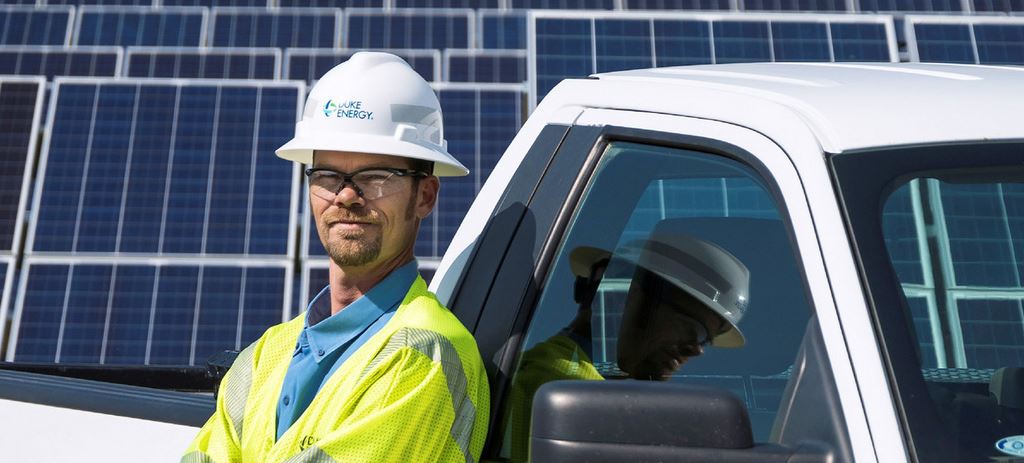





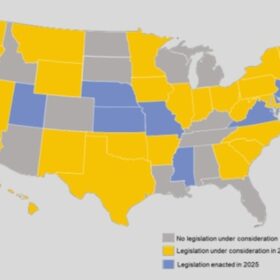
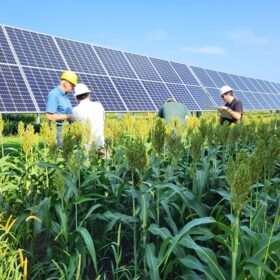
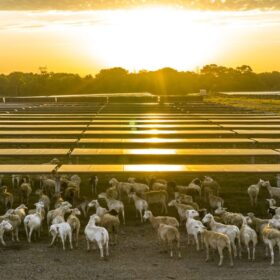
By submitting this form you agree to pv magazine using your data for the purposes of publishing your comment.
Your personal data will only be disclosed or otherwise transmitted to third parties for the purposes of spam filtering or if this is necessary for technical maintenance of the website. Any other transfer to third parties will not take place unless this is justified on the basis of applicable data protection regulations or if pv magazine is legally obliged to do so.
You may revoke this consent at any time with effect for the future, in which case your personal data will be deleted immediately. Otherwise, your data will be deleted if pv magazine has processed your request or the purpose of data storage is fulfilled.
Further information on data privacy can be found in our Data Protection Policy.